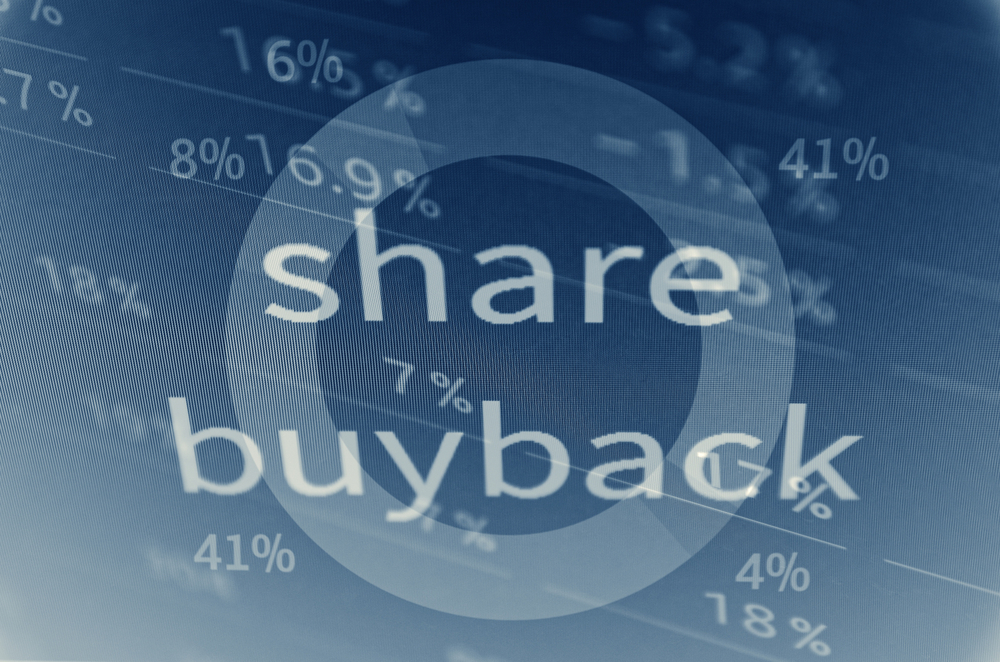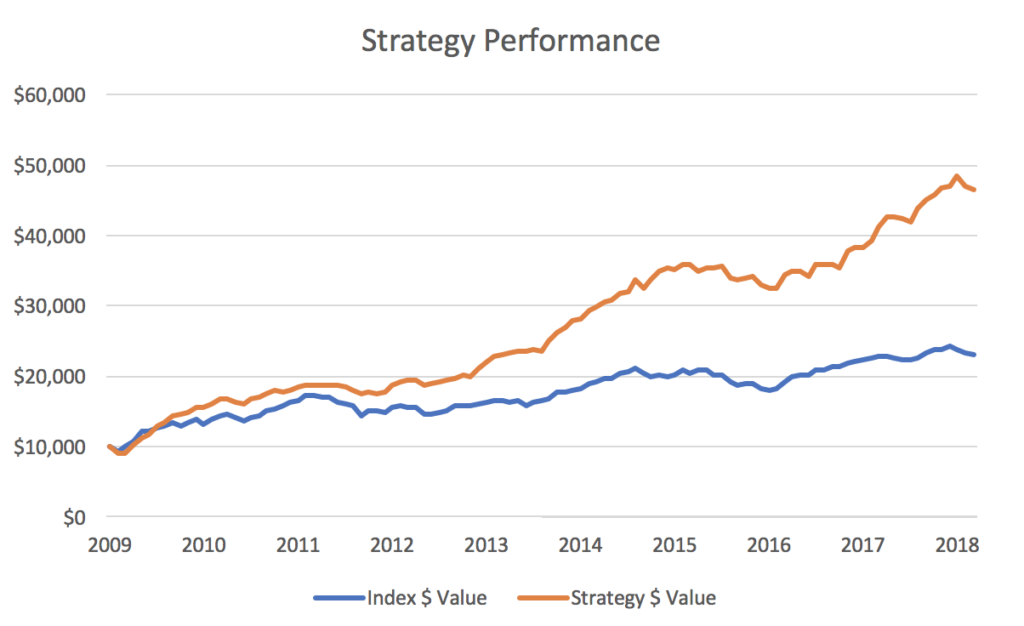Are buybacks better for investors than dividends?
While we love dividend growth, stocks that buy back their shares can outperform
Advertisement
While we love dividend growth, stocks that buy back their shares can outperform

Related: Finding value in the soda aisleHowever, in the real world, there seems to be many other aspects to consider for investors when choosing between dividend paying stocks or companies that repurchase shares. For example, certain industries are more prone to paying dividends rather than issuing share buybacks and vice-versa. As well, stock repurchase programs are much more uncertain than dividend paying programs; where the latter may be more attractive to investors relying on an income stream from their investments. Furthermore, perhaps one of upmost importance to investors is the difference in stock returns that can be expected between dividend paying companies and share buyback companies.
Related: How to build a $5,200 TFSA in a year
 One strategy picks stocks with the highest dividend yield while the other strategy would pick stocks with the highest buyback yield (stocks with the greatest amount of share buybacks as a percentage of their outstanding shares). Stocks would be purchased at the beginning of the year and held until the following year, at which time, a new set of stocks would replace the portfolio based on the dividend or buyback yield.
One strategy picks stocks with the highest dividend yield while the other strategy would pick stocks with the highest buyback yield (stocks with the greatest amount of share buybacks as a percentage of their outstanding shares). Stocks would be purchased at the beginning of the year and held until the following year, at which time, a new set of stocks would replace the portfolio based on the dividend or buyback yield.
| Stock Universe | Dividend Yield | Buyback Yield | Difference | Index |
| S&P/TSX Small Cap – Best 25 stocks | 12.1% | 20.9% | 8.8% | 8.7% |
| S&P/TSX Composite – Best 25 stocks | 12.8% | 15.6% | 2.8% | 9.6% |
| S&P/TSX 60 – Best 10 stocks | 11.9% | 12.9% | 1.0% | 9.4% |
Related: An All-Star stock reviewThis does not necessarily mean buyback stocks are better choices than dividend stocks. There are other implications that may contribute to the performance separation. For example, the pool of dividend paying stocks is much larger than stocks that repurchase shares, so it is possible that the stock quality range is correspondingly wider. Also, sector allocation is far from identical. The dividend paying strategy held a large allocation in the Energy sector (whose companies are much more likely to offer dividends). Energy stocks had a large decline in 2015 which hindered the performance of the dividend paying stock group. These back-tests are grossly limited in many ways and should by no means be considered complete. However, they can give at least an idea that a difference exists in the returns between the two sets of stocks. Comparing dividend yield and buyback yield as factors is not a straightforward exercise. Nevertheless, investors should be mindful that dividends are not the only way companies reward shareholders.
Related: How to boost your returns in retirement
| Rank | Symbol | Company | Sector | Buyback Yield | Annual Sales Momentum | Return on Equity | Market Cap (in $millions) |
| 1 | WN | Weston Ltd., George | Consumer Staples | 8.4% | 1.4% | 13.3% | $15,109 |
| 2 | DOO | BRP Inc | Consumer Discretionary | 7.5% | 18.4% | 347.0% | $1,816 |
| 3 | GIB.A | CGI Group Inc., A | Information Technology | 6.1% | 4.5% | 17.2% | $17,404 |
| 4 | CTC.A | Cdn Tire Corp. Ltd. | Consumer Discretionary | 5.3% | 10.7% | 14.4% | $11,008 |
| 5 | MFI | Maple Leaf Foods Inc. | Consumer Staples | 5.3% | 6.3% | 9.5% | $4,561 |
| 6 | MG | Magna Intl. Inc. | Consumer Discretionary | 4.9% | 9.3% | 20.6% | $25,599 |
| 7 | GMP | GMP Capital Inc. | Financials | 4.7% | 9.7% | 4.9% | $274 |
| 8 | MX | Methanex Corporation | Materials | 4.5% | 48.4% | 19.2% | $6,379 |
| 9 | GIL | Gildan Activewear | Consumer Discretionary | 4.4% | 9.1% | 19.5% | $8,902 |
| 10 | L | Loblaw Companies Ltd. | Consumer Staples | 4.4% | 3.8% | 13.5% | $26,480 |
| 11 | CF | Canaccord Genuity | Financials | 4.1% | 8.4% | 6.7% | $658 |
| 12 | TRI | Thomson Reuters Corp | Financials | 4.0% | 3.5% | 14.4% | $38,892 |
| 13 | CIX | CI Financial Corp. | Financials | 4.0% | 8.4% | 34.0% | $8,230 |
| 14 | DOL | Dollarama Inc. | Consumer Discretionary | 3.7% | 16.6% | 1461.5% | $17,540 |
| 15 | MRU | Metro Inc. | Consumer Staples | 3.4% | 6.9% | 21.3% | $9,166 |
| 16 | WJA | WestJet Airlines Ltd. | Industrials | 3.1% | 11.7% | 14.3% | $3,039 |
| 17 | CNR | Cdn National Railway | Industrials | 2.7% | 11.3% | 25.4% | $77,275 |
| 18 | WTE | Westshore Terminals | Industrials | 2.4% | 10.6% | 18.5% | $1,871 |
| 19 | CFP | Canfor Corp. | Materials | 2.3% | 7.1% | 18.7% | $3,204 |
Related: 15 stocks to help investors ride market swings
Share this article Share on Facebook Share on Twitter Share on Linkedin Share on Reddit Share on Email